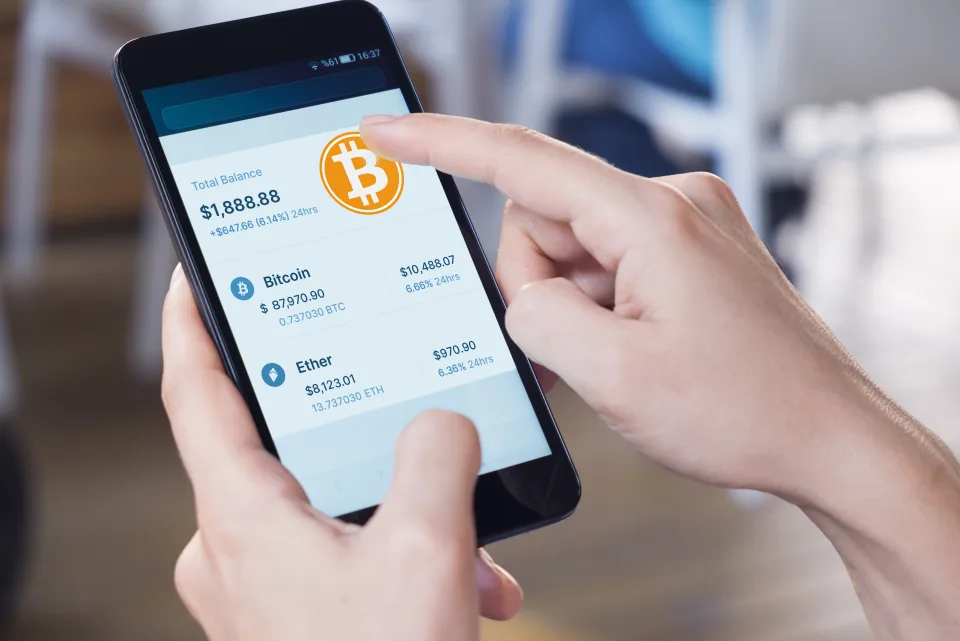
In the five years leading up to its all-time high, Bitcoin (CRYPTO: BTC) soared 1,760% in value. But since that peak was reached in March 2024, the price has come down about 13%.
A quick 13% move might be a big deal for many stocks, but it looks kind of slow in the twitchy cryptocurrency market. Bitcoin has essentially been trading sideways for the past six or so months, as investors anxiously wait for a break-out move to happen.
Does the current setup mean you should buy Bitcoin while it’s trading below $65,000?
Recent developments
To say that 2024 has so far been an eventful year for Bitcoin would be putting it lightly. Things kicked off shortly after the calendar turned to January, when the Securities and Exchange Commission approved the trading of spot Bitcoin exchange-traded funds (ETFs) in a highly anticipated move. Industry observers viewed this as the event that legitimized Bitcoin, both on Wall Street and in Washington.
The ETFs provide individual and institutional investors with a convenient and regulatory-compliant method of gaining exposure to Bitcoin’s price. To date, over $17 billion has flowed to the various ETF products on the market.
Then, on April 19, Bitcoin underwent a halving, which cut in half the amount of Bitcoin that miners receive as a reward for securing the network and process transactions. This event happens about every four years, and it shines a spotlight on Bitcoin’s pre-determined inflation rate.
In the 12 to 18 months after a halving occurs, Bitcoin has historically experienced a major bull run. Based on past performance, we are in the early stages of what could be another sizable upward trajectory.
As this is a year when a presidential election takes place, Bitcoin has also received attention from a political perspective. Investors are encouraged by the possibility of either presidential candidate adopting favorable policies that further support the advancement of Bitcoin and the cryptocurrency industry. In July, Donald Trump said he wants the U.S. to be the “crypto capital of the planet.”
Another possible catalyst for Bitcoin in the near term is any action taken by the Federal Reserve, namely, to finally start cutting interest rates after aggressively raising them two years ago. From an investing perspective, lower rates across the economy incentivize taking on more risk in order to achieve higher returns. Because Bitcoin is viewed as a risk asset, it could find more capital moving in its direction.
Focus on the big picture
Bitcoin’s most recent and near-term catalysts get a lot of attention. But they can also take attention away from what really matters. Investors should focus on the big picture.
One key fact that should not be forgotten is that Bitcoin has a fixed supply cap. New coins are created on a set schedule, with 21 million being the ultimate limit that will be reached at some point far into the future. 94% of the lifetime supply is already on the market. That scarcity is certainly valuable to a lot of people.
I don’t think this characteristic can be overstated. Bitcoin is a direct threat to the current financial system, which is built on a rapidly rising money supply and growing debt levels. The fact that there’s an asset out there that’s separate from all this financial instability is compelling for investors. The belief is that as the U.S. dollar and other fiat currencies keep getting debased, Bitcoin should rise in value.
As of this writing, Bitcoin trades 18% below its peak price, which was hit earlier this year in March. The fact that the crypto is still under $65,000 might entice investors who are bullish on its long-term prospects. If this sounds like you, then you shouldd consider buying the dip and holding for the next decade. Of course, be sure this position is part of a well-diversified portfolio.